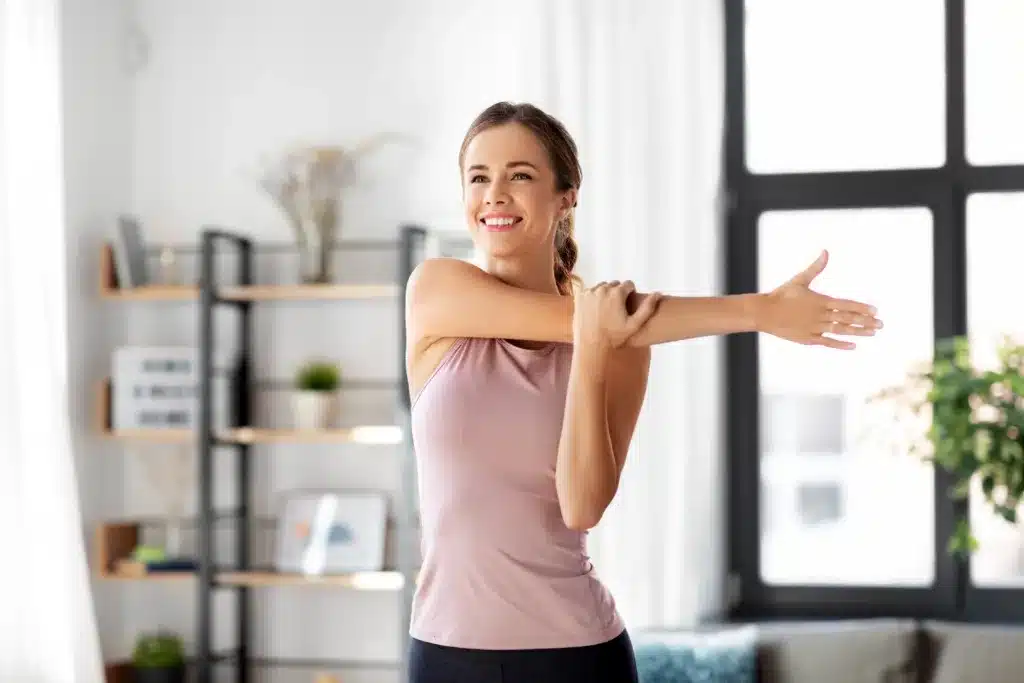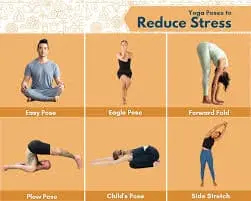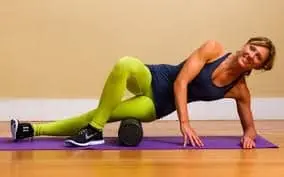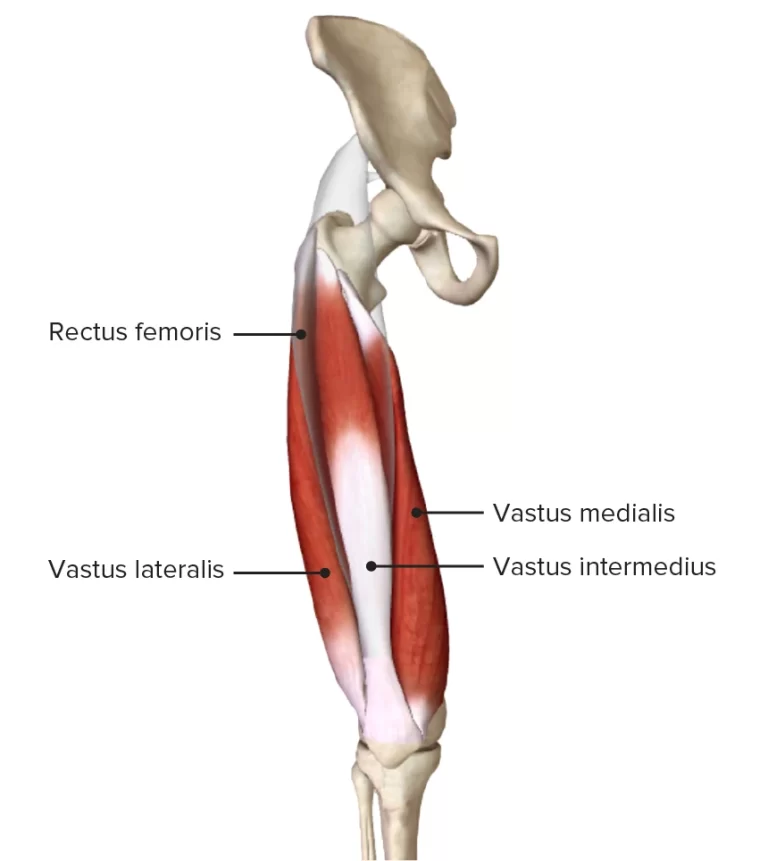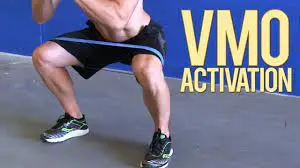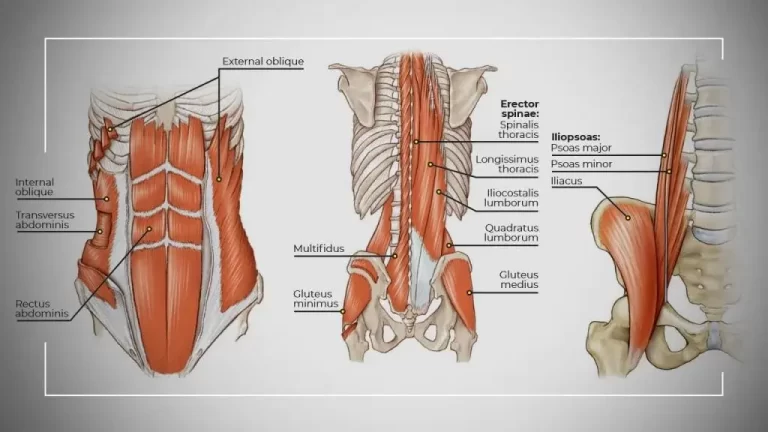Simple and Healthy Exercises For Students
Introduction:
Students frequently spend a lot of time sitting and studying in today’s busy academic environment, which can cause bad posture and physical strain. Including easy, healthful workouts in everyday routines helps maintain general fitness, increase energy, and enhance attention.
These workouts may be performed at home or even in a dorm room and don’t require any additional equipment. Students may improve their physical and mental health, which will improve their academic performance and lead to a healthier lifestyle, by making regular physical activity a habit.
Simple and Healthy Exercises For Students:
Stretching:
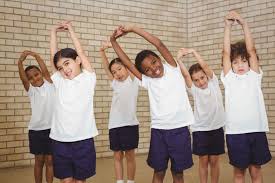
Students may increase their flexibility, ease tense muscles, and release stress by stretching, which is especially important after spending a lot of time sitting still during study sessions or courses. Frequent stretching helps enhance blood circulation, posture, and helps avoid shoulder, neck, and back problems.
You may perform basic stretches like back extensions, shoulder shrugs, hamstring stretches, and neck rolls after waking up or in between study sessions. Stretching for only a few minutes each day can help to calm the body, improve attention, and increase productivity all day long.
Jumping Jacks:
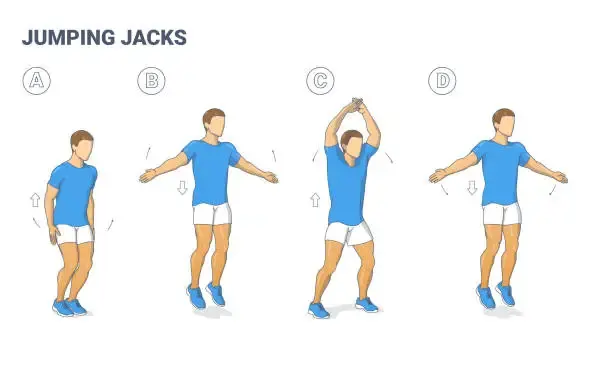
For students who want to keep active and increase their energy levels, jumping jacks are an enjoyable and effective full-body workout. This easy exercise raises heart rate, improves cardiovascular fitness, and warms the body.
It also works the arms, legs, and core, among other muscle groups. You may perform jumping jacks anywhere, including at home, in a dorm room, or even in the little time between study sessions. A few sets each day can help keep the body attentive and prepared for learning, enhance coordination, and lower tension.
Push-ups:
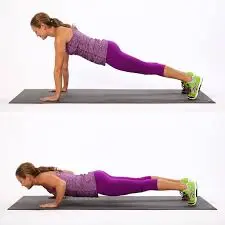
Push-ups are an effective bodyweight exercise that works the core muscles in addition to the chest, shoulders, and triceps. Strength and endurance in the upper body may be developed with this easy yet efficient exercise. Push-ups are perfect for beginners, students, and at-home exercises since they can be done anywhere without the need for any special equipment.
A key component of strength training regimens that target several muscle groups simultaneously is push-up exercises. In addition to using the core, back, and even legs for stability, they primarily target the pectorals, deltoids, and triceps of the arms, shoulders, and chest. People of all fitness levels can benefit from variations such as wide-arm push-ups, knee push-ups, and slope push-ups. Push-ups are a vital and adaptable component of any exercise program because they enhance muscular tone, endurance, and upper-body strength.
Squats:
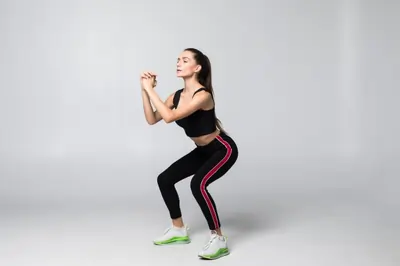
Bodyweight alone or with additional resistance, such as dumbbells or a barbell, can be used for squats. Regularly performing squats enhances joint flexibility, corrects posture, and improves overall athletic performance. Squats are perfect for students and anybody wishing to maintain their fitness at home because they don’t require any special equipment.
Yoga:
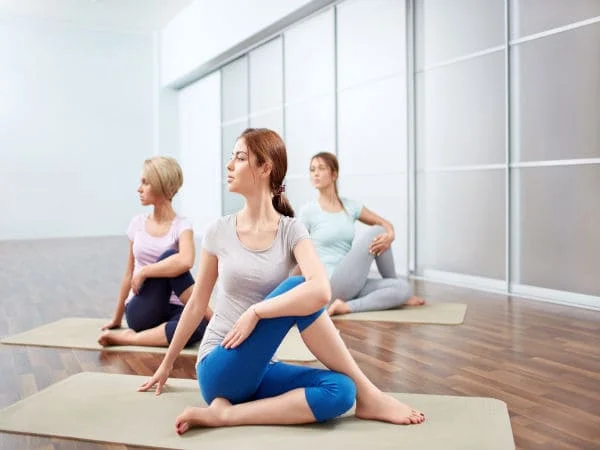
Yoga may be done with little room or equipment and is appropriate for people of all ages and fitness levels. Frequent yoga practice encourages improved posture and body awareness, lowers stress, improves immunity, and sharpens focus. Yoga is a comprehensive approach to maintaining your fitness and equilibrium, whether it is through mild stretches or more vigorous movements.
Planks:
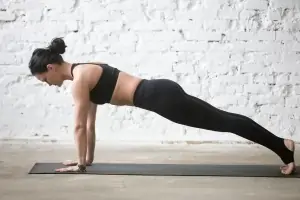
In this isometric exercise, you maintain your body in a straight line with your hands and toes or forearms. They can be altered to accommodate novices or made more difficult with modifications such as plank leg lifts or side planks. Planks are ideal for at-home or school workouts because they don’t require any special equipment and can be done anywhere.
Lunges:
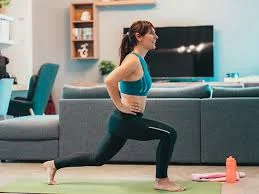
They include lowering your body until both knees are bent at around a 90-degree angle while taking steps forward, backward, or sideways. Lunges increase hip flexibility while also strengthening, balancing, and coordinating the legs.
This practical workout is beneficial for real-life strength since it replicates commonplace actions like walking and climbing stairs. All fitness levels can benefit from lunges, which can be performed with body weight or with additional resistance like dumbbells.
Jogging in Place:
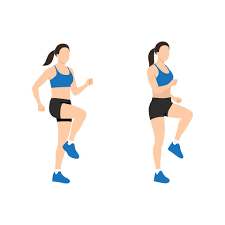
An easy and efficient cardiovascular workout that raises heart rate, burns calories, and increases endurance is jogging in place. Because it simulates a jog without really going ahead, it’s perfect for cramped areas like classrooms or rooms.
This workout works the arms, legs, and core, working the entire body. Additionally, jogging in place improves circulation and helps the body warm up before more strenuous activities. Without any equipment, it’s a fantastic way to keep active inside.
Cycling:
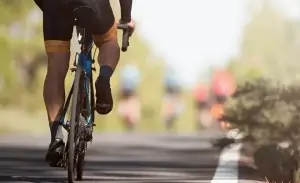
Cycling is a great aerobic workout that enhances lung and heart health while strengthening the legs, glutes, and core. Cycling, whether done on a stationary bike or outside, lowers stress, increases endurance, and burns calories.
People of all ages may participate in this low-impact workout since it is easy on the joints. Additionally, it is an environmentally friendly form of transportation that encourages an active and healthy lifestyle.
Burpees:
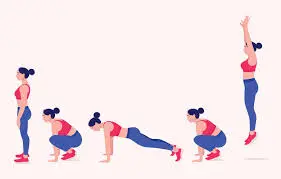
The actions for this exercise are as follows: standing at the beginning, descending into a squat, kicking the feet back into a plank, and performing an optional push-up. Burpees target the shoulders, arms, legs, core, and chest, among other muscular groups.
Mountain climbers:
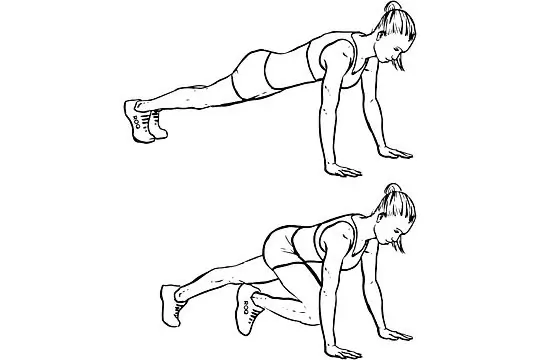
A dynamic, full-body workout that blends cardio, strength, and core stability is the mountain climber. The exercise, which is done in a high plank posture, includes rapidly bringing each leg toward your chest as though you were racing horizontally.
Mountain climbers are an excellent complement to any exercise program since they increase endurance, agility, and coordination. They are perfect for at-home or classroom exercises because they don’t require any special equipment and can be performed anywhere.
Shoulder blasts:
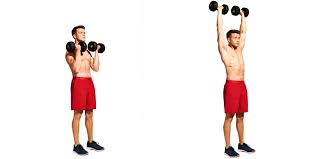
High-intensity exercise programs called “shoulder blasts” are designed to increase the shoulder muscles’ size, strength, and definition. Through a sequence of strong, focused motions including overhead presses, lateral raises, and rear delt flyes, these workouts target the front, side, and rear heads of the deltoid.
Shoulder blasts assist in building a more defined upper body, increase shoulder mobility, and improve muscular endurance by mixing many shoulder movements in a circuit or superset manner. For athletes, fitness fanatics, or anybody else hoping to build strong, defined shoulders, this kind of exercise is perfect.
Bear Crawl:
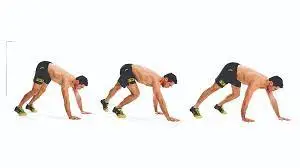
A full-body functional workout that simulates a bear’s crawling motion is called Bear Crawl. Numerous muscular groups are worked by this dynamic exercise, including the legs, shoulders, chest, core, and glutes.
Strength, coordination, stamina, and mobility are all enhanced by bear crawls. They’re also great for encouraging healthy movement patterns and strengthening the core. A straightforward yet effective bodyweight exercise that tests strength and endurance, the bear crawl is frequently employed in warm-ups, conditioning circuits, or agility drills.
Balancing on One Toe:
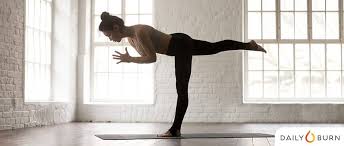
A simple and powerful workout that tests your balance, builds muscle in your lower legs, and enhances coordination is balancing on one toe. You may engage the muscles in your calves, ankles, feet, and core by standing on one foot and gently getting up onto your toes. For athletes, dancers, or anybody recuperating from foot or ankle ailments, this technique is especially helpful since it improves ankle stability and proprioception (body awareness). Additionally, it enhances body control and posture. Regularly performing this exercise helps improve lower limb strength, balance, and fall risk.
Crab Walk:
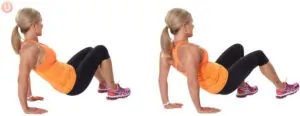
A bodyweight exercise that works several muscle groups and enhances strength, flexibility, and coordination is the crab walk. Then, you raise your hips and use your hands and feet to move forward or backward, simulating a crab’s crawl. The crab walk is a common warm-up for sports drills, functional training, and children’s fitness regimens because it improves general body control and develops the posterior chain.
Skipping:
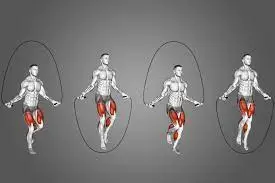
It increases heart rate and burns calories while working the entire body, with a focus on the calves, thighs, glutes, shoulders, and core. Skipping enhances balance, endurance, agility, and coordination. Because it bears weight, it’s also a fantastic method to increase bone density and strength. Skipping is a straightforward yet effective technique to improve general fitness and endurance, whether it is performed as a warm-up, as a component of a training circuit, or as a stand-alone cardio session.
Situps:
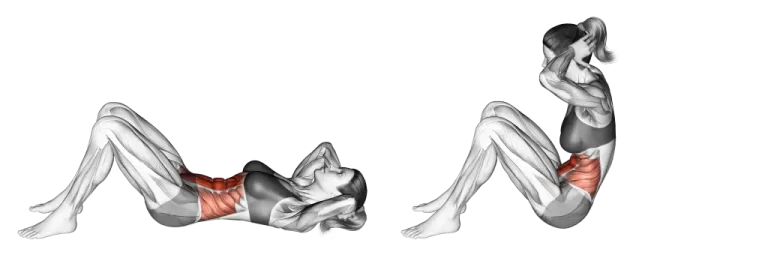
A traditional core-strengthening exercise that focuses mostly on the abdominal muscles is the sit-up. You perform them by lying on your back with your legs bent and lowering your upper body toward your knees.
This workout strengthens the entire body, assists with posture, and develops core stability. To strengthen the core, promote improved balance, and avoid lower back issues, sit-ups are frequently incorporated into exercise regimens. They are a useful technique for building a strong, toned core when used correctly.
Jumping:
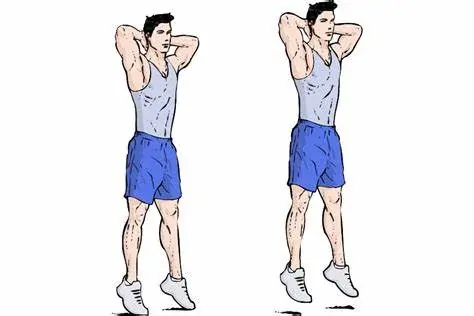
Jumping is a powerful plyometric exercise that works the legs, glutes, core, and calves, among other muscle groups, with its abrupt upward action. To increase explosive power and response speed, jumping exercises, including jumping jacks, squat jumps, and vertical leaps, are frequently used in warm-ups, aerobic workouts, and sports training. Frequent leaping promotes greater athletic performance in a variety of sports and activities, strengthens bones, and enhances balance.
Running:
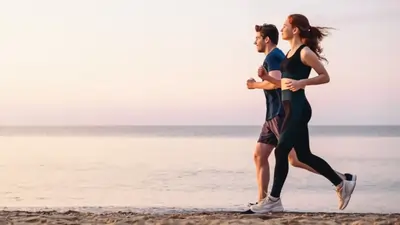
Running is a high-impact aerobic activity that works the entire body since it includes moving more quickly than walking. It is a great way to control weight since it burns a lot of calories, strengthens the legs, and increases cardiovascular endurance. Along with its physical advantages, it also improves mood, lowers stress, and promotes mental health by releasing endorphins. Running is an easy and convenient technique to improve general fitness and heart health, whether it is done outside or on a treadmill.
Dancing:

Combining rhythm, movement, and coordination, dancing is an enjoyable, expressive, and energizing kind of exercise. Along with strengthening the arms, back, legs, and core, it also enhances cardiovascular endurance, flexibility, and balance. By using both the body and the brain, dancing improves mood, lowers stress, and sharpens the mind. Dancing is a flexible activity that may be done by people of different ages and fitness levels, from classic forms to contemporary exercises like Zumba or hip-hop. It’s a fun and imaginative method to express oneself physically, in addition to being a fantastic way to keep in shape.
Conclusion:
Students’ physical health, concentration, and stress levels may all be considerably increased by including easy and healthful workouts into their daily routine. Stretching, running, yoga, and bodyweight workouts are examples of activities that improve mental health in addition to physical fitness. Students may develop strong habits that support both academic performance and long-term health by choosing to move for only a few minutes each day.
FAQs
How can I begin working out at home?
Targeting the particular body parts you’ll be utilizing that day and increasing your heart rate are the best ways to warm up. For example, begin your workout with cardiovascular movements like walking lunges, leg kicks, and half-squats if you’re working your lower body.
How can one become more flexible?
Pay attention to your main muscle groups and hold stretches for the right amount of time. Stretch after a quick aerobic warm-up, and think about including yoga, pilates, or tai chi into your routine.
Can I get better at balancing?
Posture and balance may be enhanced with stretches and core workouts. Additionally, there are balancing exercises made especially for elders. You may gradually restore your balance by performing exercises like stand-up/sit-downs, heel raises, leg lifts, single-leg stances, back bends, tree poses, side squats, and lunges, among many more.
Is skipping a beneficial workout?
Indeed, skipping is a beneficial workout. Improved heart health, coordination, bone density, and even mental well-being are just a few of the many health advantages of this adaptable aerobic exercise. In comparison to some other types of exercise, skipping can be a more time-efficient workout and a fantastic method to burn calories.
Which workouts are the “big four”?
One of the best methods to gain muscle, boost endurance, and enhance general fitness is strength training. The “Big 4” exercises the squat, deadlift, bench press, and chin-ups are an excellent method to build strength and stability, regardless of your level of experience.
Is it better to walk than to run?
Walking may or may not be “better” than running, depending on personal objectives and situations. Running has a higher risk of injury, even though it typically burns more calories and improves cardiovascular health more rapidly. For many people, walking might be a more sustainable alternative because it is easier on the joints.
Which type of exercise is the healthiest?
High-intensity cardio exercises include jogging quickly, bicycling steeply, jumping rope, and cross-country skiing. Additionally, the CDC advises people to engage in muscle-strengthening exercises, such as lifting weights, two or more days a week.
References:
- Davis, N. (2025e, May 1). 30 moves to make the most of your At-Home workout. Healthline. https://www.healthline.com/health/fitness-exercise/at-home-workouts#beginner-routine
- Ishaan. (2024, March 20). 10 morning exercises for students. Vidhyanjali Academy School. https://www.vidhyanjaliacademy.com/10-morning-exercises-for-students/
- 6 simple exercises to add to your next at-home workout | Kaiser Permanente. (2025, February 13). Kaiser Permanente. https://healthy.kaiserpermanente.org/health-wellness/healtharticle.7-simple-exercises-you-can-do-at-home

